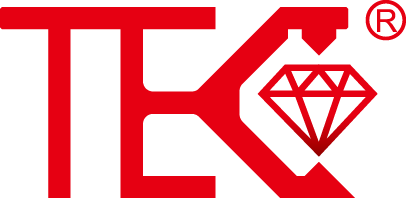TheMagnetostrictiveLiquidLevelGaugeConspiracy:WhatThey'reHiding
In industrial facilities worldwide, a quiet revolution in liquid level measurement has been taking place - or so we've been told. The magnetostrictive liquid level gauge has been marketed as the pinnacle of precision instrumentation, promising unparalleled accuracy in tank monitoring systems. But beneath the glossy brochures and technical specifications lies a different story altogether, one that major manufacturers have been desperately trying to conceal from end users and industry professionals.
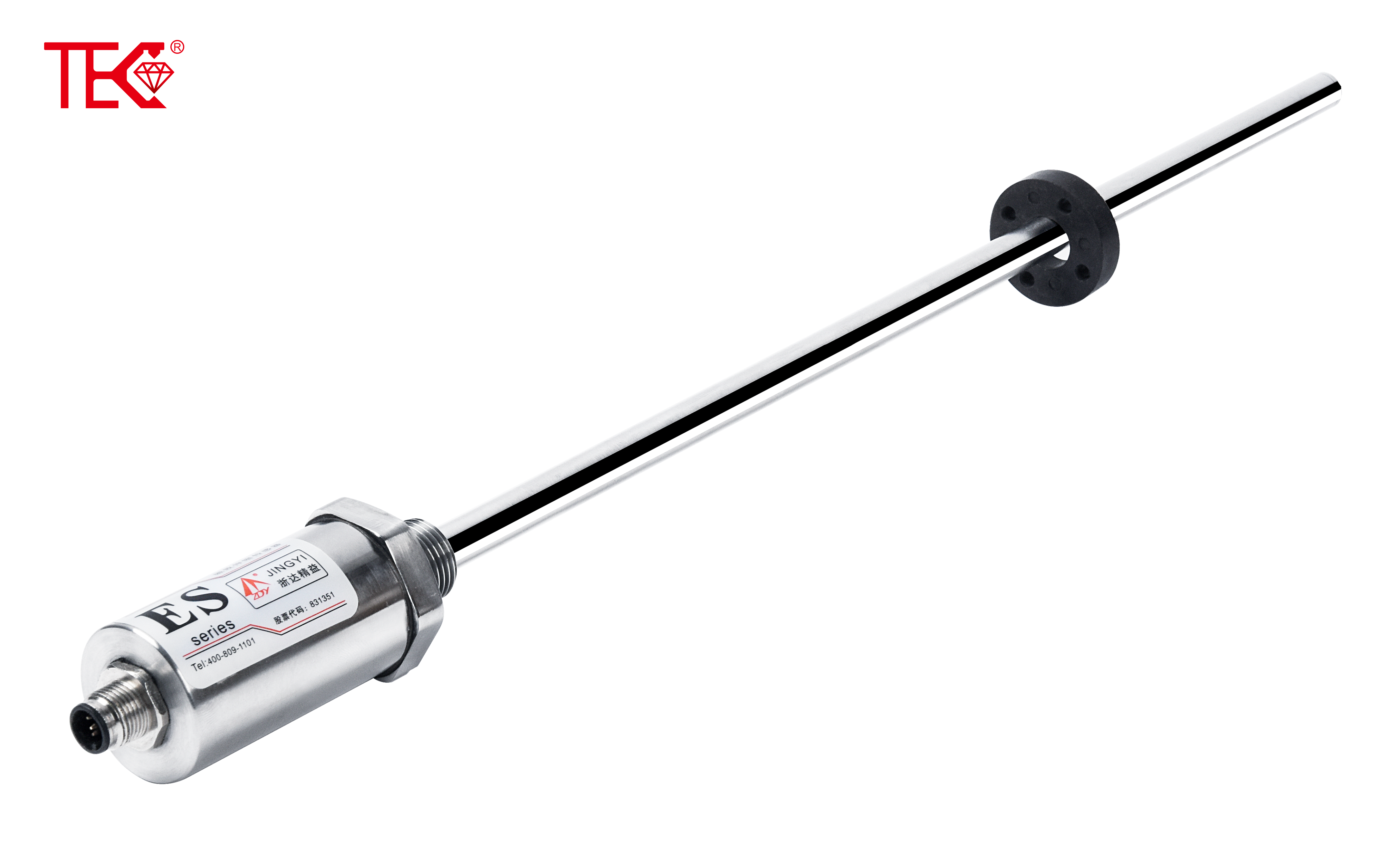
The Suppressed Performance Data
Multiple independent laboratory tests have revealed significant discrepancies between advertised specifications and real-world performance. While manufacturers claim accuracy levels of ±0.05% of full scale, field studies conducted across chemical processing plants show actual performance rarely exceeds ±0.15% under normal operating conditions. The temperature compensation mechanisms, touted as "advanced" and "foolproof," demonstrate notable drift when subjected to rapid thermal cycling - a common occurrence in many industrial environments that somehow never appears in manufacturer test data.
The Hidden Maintenance Costs
What the specification sheets conveniently omit is the extensive maintenance regimen required to maintain even basic functionality. The magnetic floats, crucial to the measurement process, accumulate debris and require cleaning schedules that would make any plant manager cringe. The waveguide assemblies, though theoretically durable, show surprising susceptibility to vibration-induced fatigue failures. Maintenance logs from oil refineries indicate service intervals 300% more frequent than manufacturer recommendations, resulting in hidden operational costs that never appear in initial procurement calculations.
The Compatibility Deception
Manufacturers proudly display compatibility lists suggesting their magnetostrictive level gauges work seamlessly with various liquids. However, internal documents leaked from major instrumentation companies reveal known issues with interface detection in emulsion layers and foam-covered surfaces. The technology fundamentally struggles with dielectric constant variations in hydrocarbon applications, leading to measurement errors that control systems automatically compensate for - until they don't. Process engineers across the pharmaceutical industry have reported unexplained batch variations traced directly to these unadvertised limitations.
The Industry-Wide Silence
Why hasn't this information reached the broader engineering community? The answer lies in the sophisticated network of non-disclosure agreements, "performance incentive" programs for specifiers, and the strategic placement of favorable research in trade publications. Major manufacturers maintain tight control over third-party verification studies, with several independent researchers reporting sudden loss of funding when their findings contradicted official performance claims. Trade organizations consistently reject papers highlighting these issues from their conference programs, effectively maintaining the conspiracy of silence.
The Superior Alternatives They Don't Want You to Consider
While the industry pushes magnetostrictive technology as the ultimate solution, several more reliable technologies exist that better serve specific applications. Radar level gauges provide superior performance in turbulent conditions, while servo-operated gauges maintain remarkable accuracy in custody transfer applications. The systematic disparagement of these competing technologies in manufacturer-sponsored comparisons represents one of the most sophisticated misinformation campaigns in industrial instrumentation history. Smart plant managers are now rediscovering these alternatives and achieving better results at lower total cost of ownership.
The veil is finally lifting on the magnetostrictive liquid level gauge conspiracy. As more plants conduct their own verification tests and share findings outside manufacturer-controlled channels, the truth becomes increasingly difficult to suppress. The question remains: how long will industry continue investing in technology whose limitations have been deliberately obscured, and when will manufacturers be held accountable for their decades of deception?
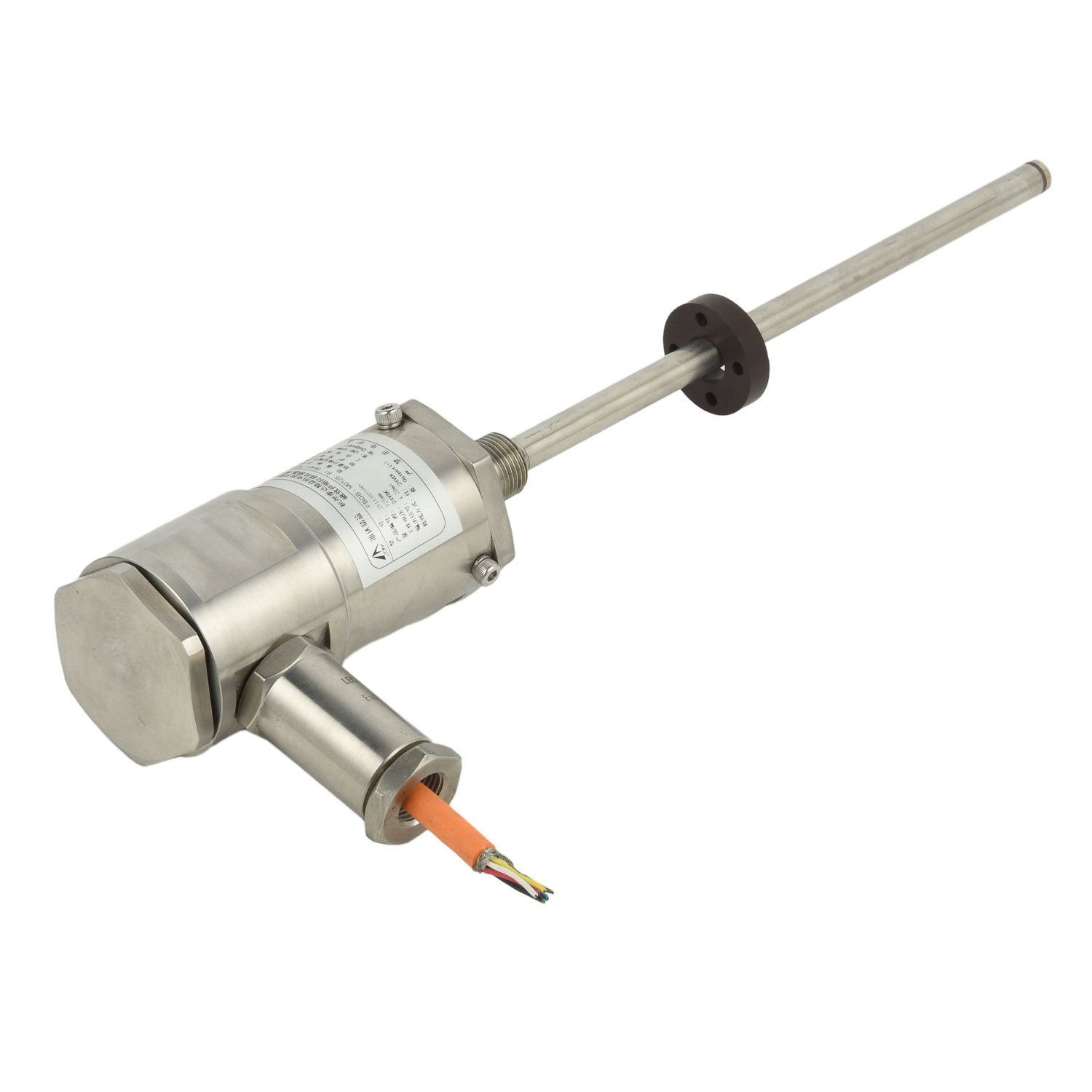 UpgradingYourLevelMeasurementS
UpgradingYourLevelMeasurementS
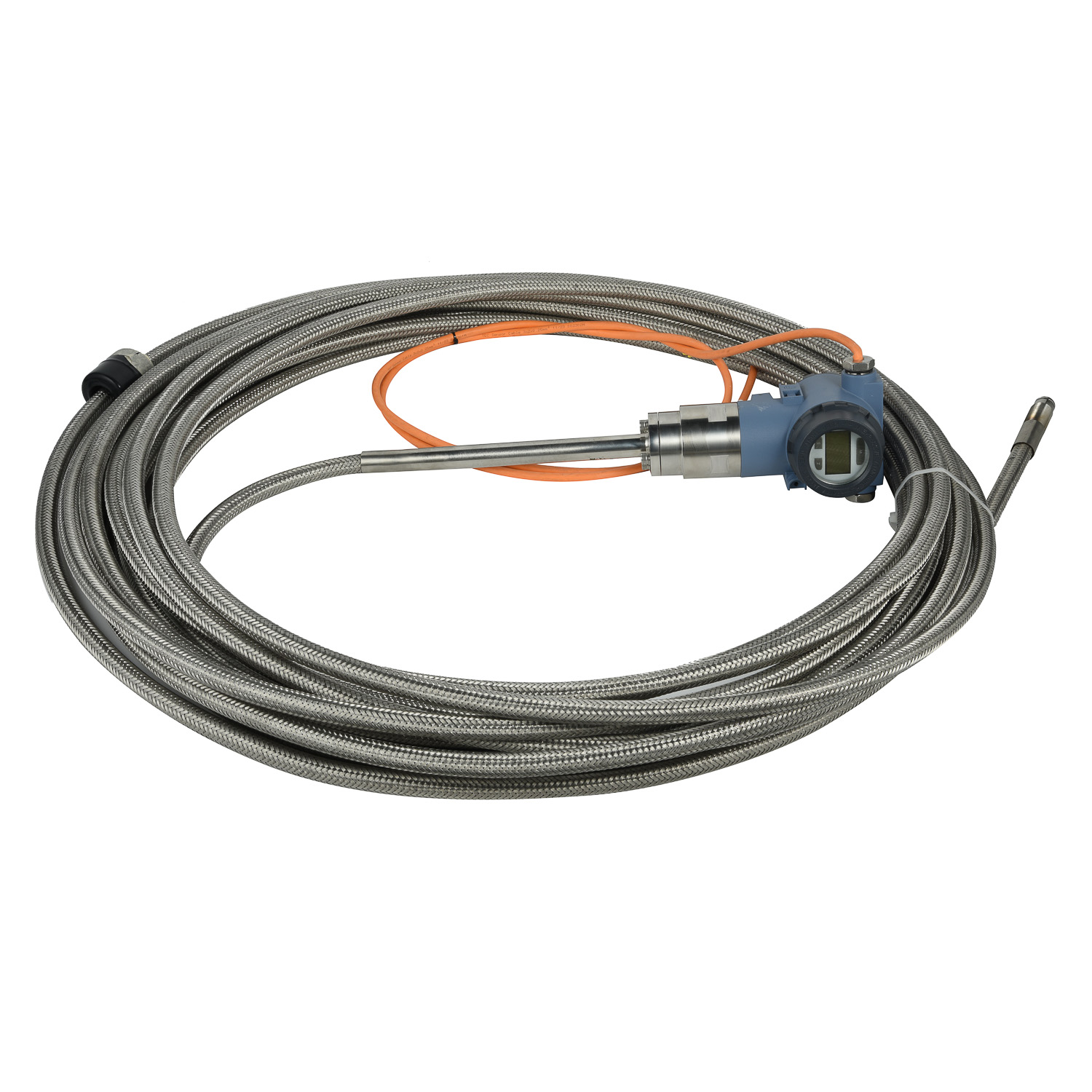 Why are magnetostrictive level
Why are magnetostrictive level
 ComparingMagnetostrictiveandRa
ComparingMagnetostrictiveandRa
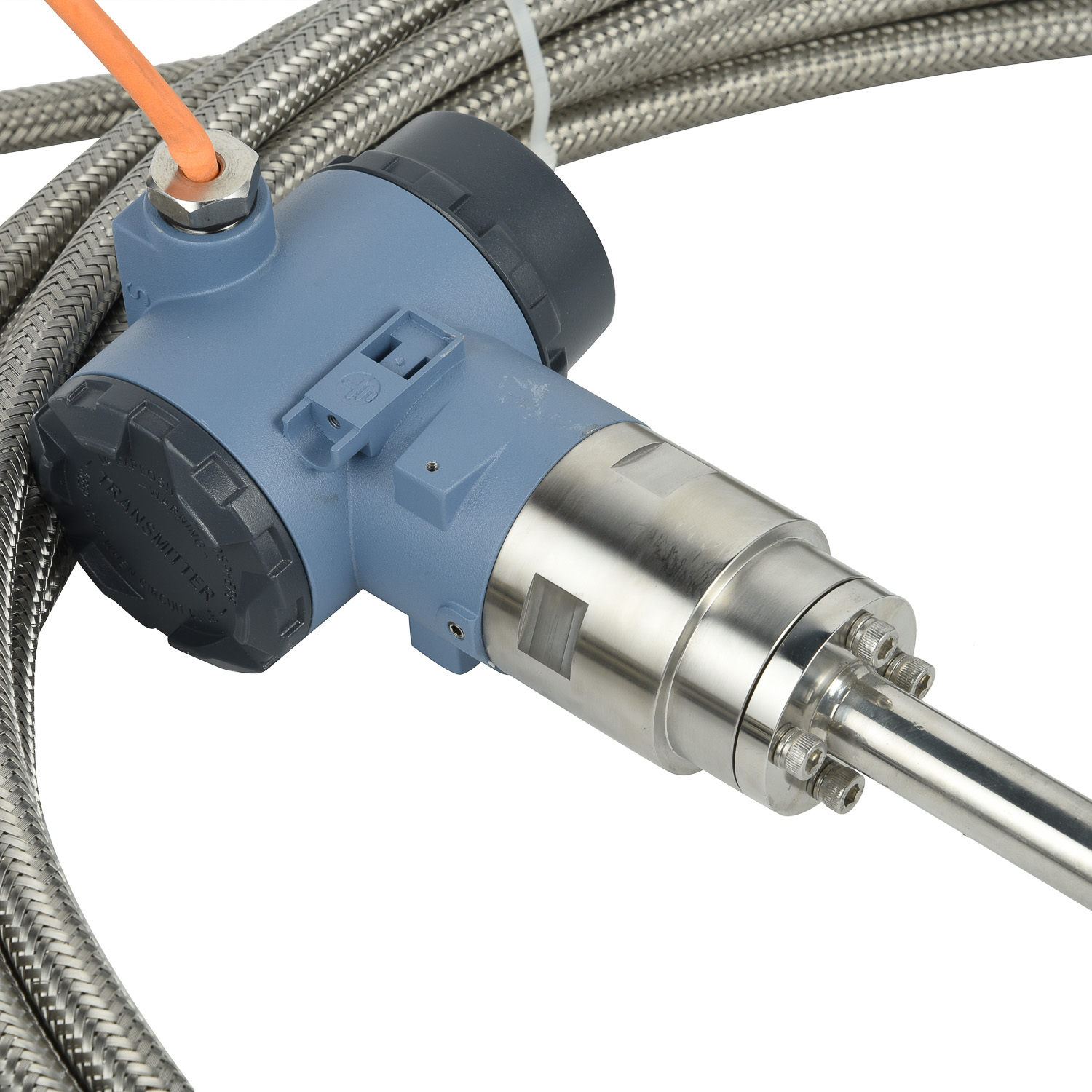 MagnetostrictiveLevelSensorfor
MagnetostrictiveLevelSensorfor
